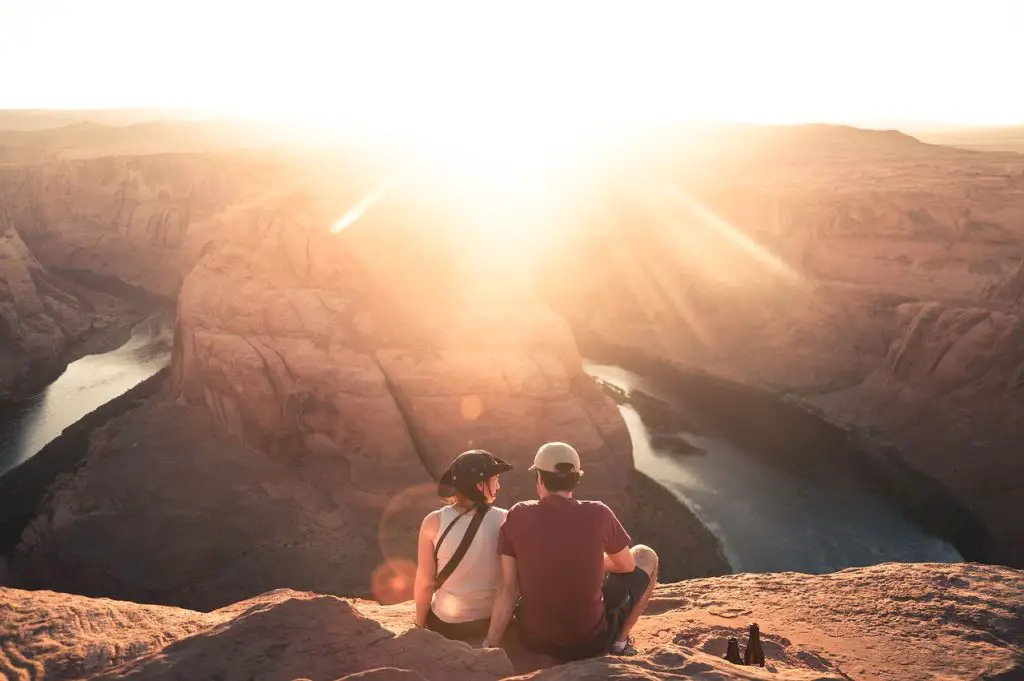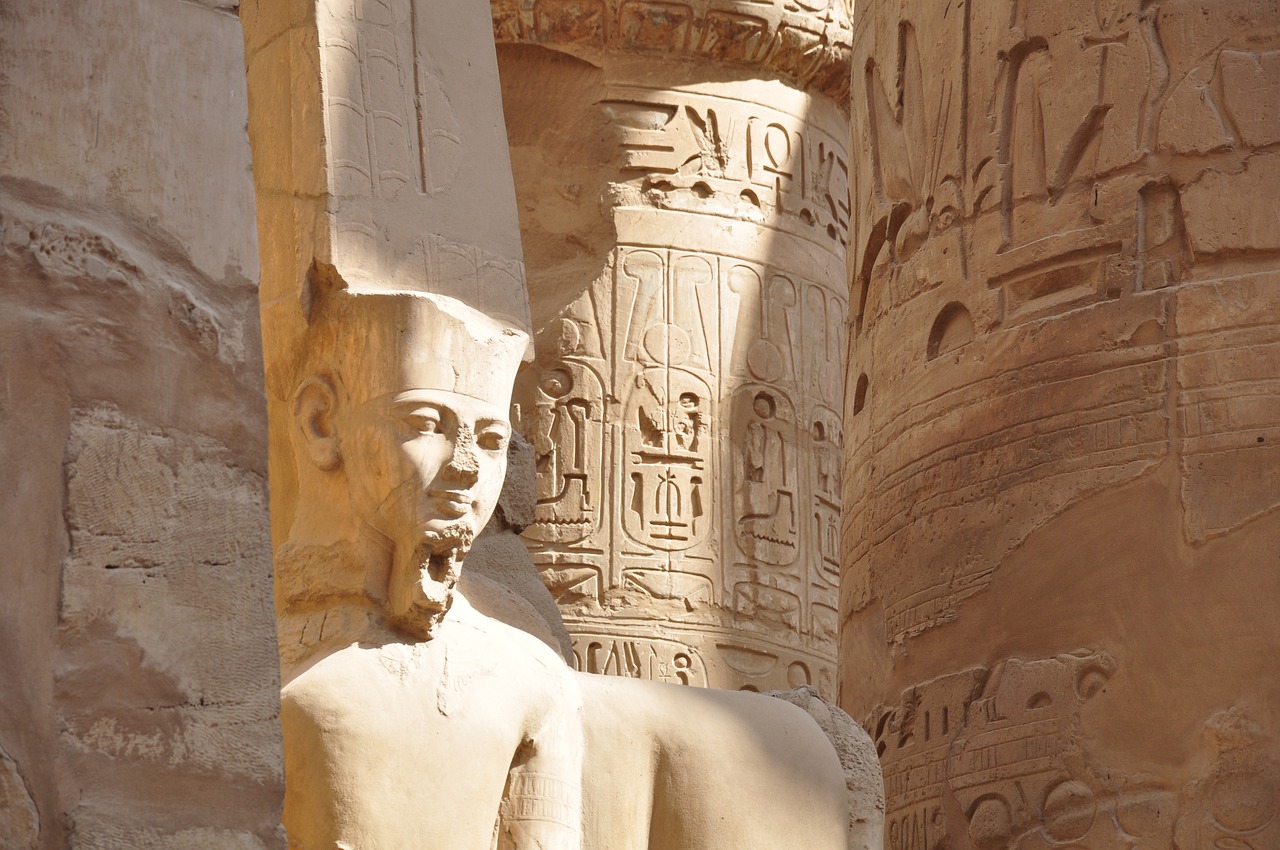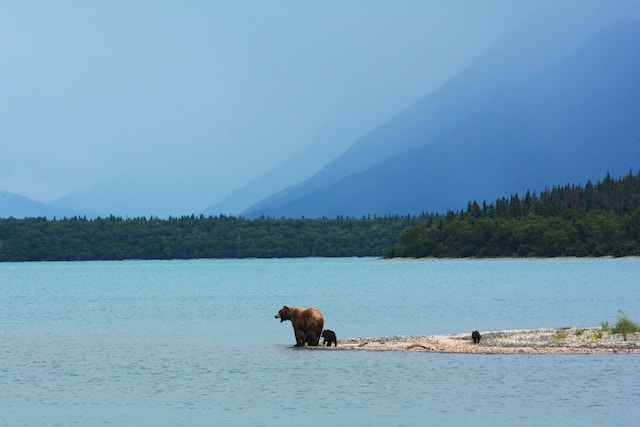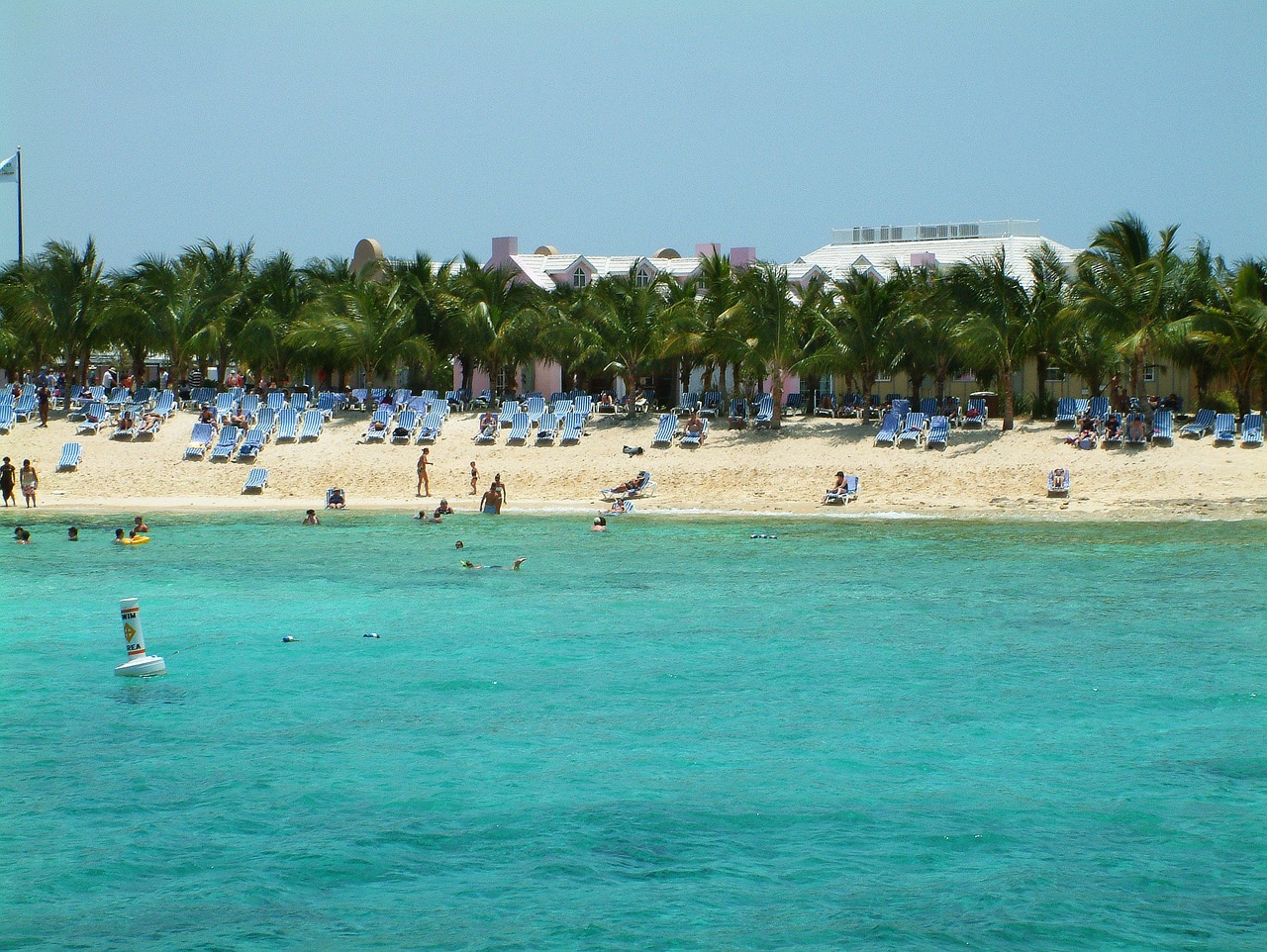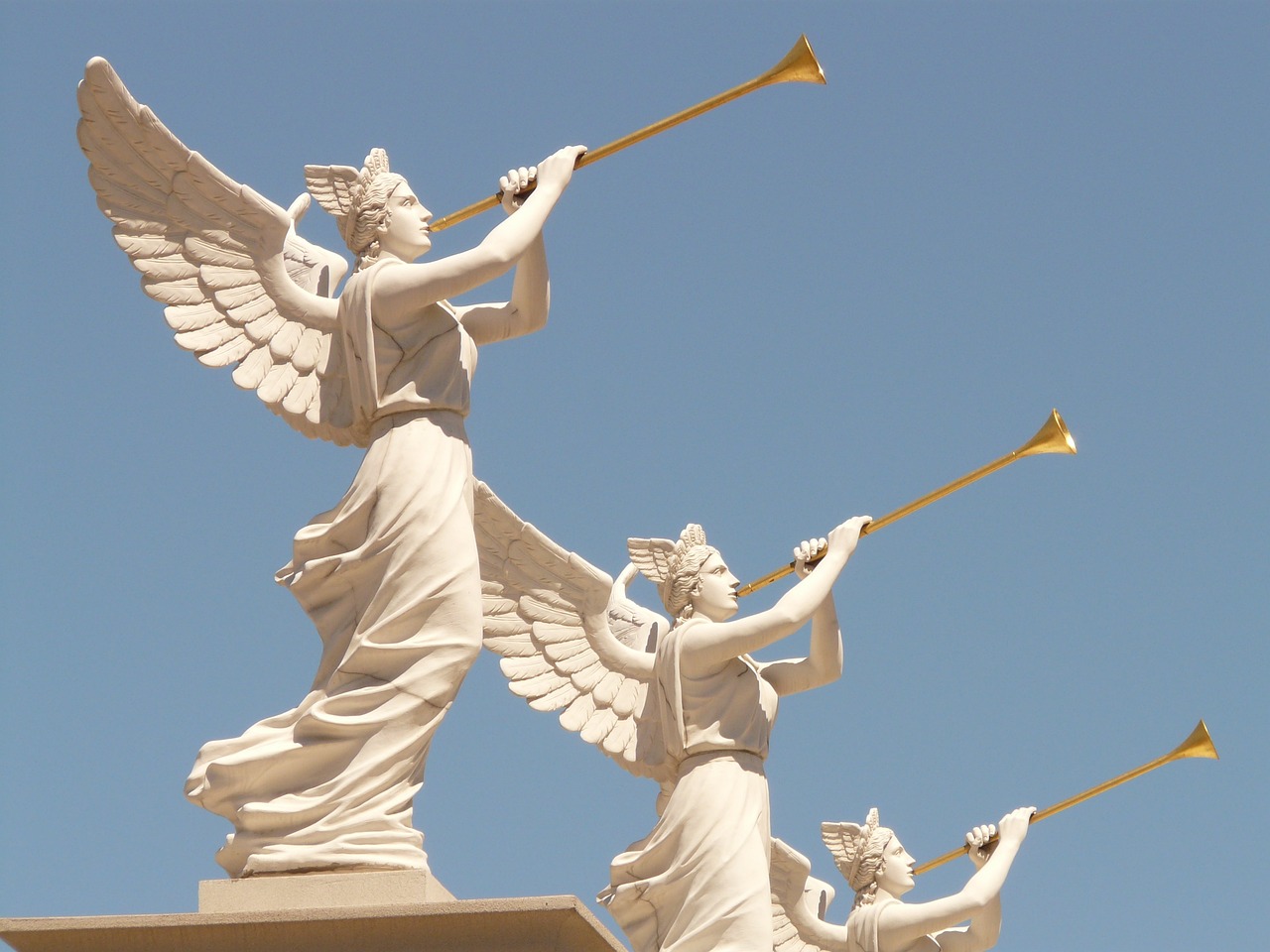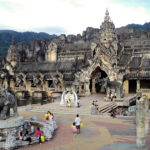Arizona, known for its vast desert landscapes and the iconic Grand Canyon, holds many fascinating secrets. Delving into its history, culture, and unique natural features, here are 25 interesting and fun facts about the Grand Canyon State:
The Grand Canyon: One of the Seven Natural Wonders of the World, the Grand Canyon, located in northern Arizona, spans over 227 miles in length and reaches depths of over a mile.
State Symbols: The Saguaro Cactus blossom is the state flower, and the Cactus Wren is the state bird. Both can be found throughout the state and symbolize its desert habitat.
Meteor Crater: Near Winslow, Arizona, there’s a massive meteor crater, approximately 50,000 years old. It’s almost one mile across – a testament to the impact’s incredible force.
Arizona’s Forests: Contrary to popular belief, Arizona is not all desert. The state has the largest contiguous stand of Ponderosa pines in the world, situated mainly around the town of Flagstaff.
State Nickname: Arizona is known as the “Copper State” because it produces more copper than any other state in the U.S.
Arizona Highways: The famous magazine, “Arizona Highways,” has subscribers from all over the world, including every U.S. state and over 100 countries.
Four Corners: Arizona is one of the four states (along with Utah, Colorado, and New Mexico) that can claim the “Four Corners,” the only location in the U.S. where you can stand in four states at once.
Sundown Towns: Until the mid-20th century, some towns in Arizona had a siren to signal to Native Americans to leave town by sundown. Fortunately, such practices are long gone, but it’s a sobering reminder of past prejudices.
Population Growth: As of my last update in 2021, Phoenix, Arizona’s capital and largest city, is the fifth most populous city in the U.S., reflecting the state’s significant growth.
World’s Oldest Rodeo: Prescott, Arizona, holds the title for the world’s oldest rodeo, dating back to 1888.
London Bridge: Surprisingly, Arizona is home to the original London Bridge. It was relocated to Lake Havasu City in 1968 after being purchased by Robert P. McCulloch.
Daylight Saving Time: Arizona doesn’t observe Daylight Saving Time. However, the Navajo Nation, located within northeastern Arizona, does.
Oraibi: Established around 1100 AD, Oraibi, a Hopi village in Navajo county, is considered the oldest continuously inhabited settlement in the U.S.
State Reptile: The Arizona ridge-nosed rattlesnake is the state reptile. This rare snake is mainly found in the southern parts of the state.
World War II: During World War II, many Japanese Americans were interned at the Gila River War Relocation Center in Arizona.
Bolo Tie: The official state neckwear of Arizona is the bolo tie, a type of necktie consisting of a piece of cord fastened with an ornamental clasp or slide.
Gunfights: The infamous 30-second gunfight at the O.K. Corral in 1881 took place in Tombstone, Arizona. It’s one of the legendary events of the Old West.
Kitt Peak National Observatory: Located southwest of Tucson, the observatory boasts the largest collection of optical telescopes in the world.
Camel Experiment: In the 1850s, the U.S. Army imported camels to Arizona, hoping they would be useful for transportation in the desert terrain. The experiment wasn’t successful long-term, but it’s a fun piece of state history.
Chimichangas: This popular deep-fried burrito is believed to have originated in Arizona. Whether in Tucson or Phoenix, each city has its own tale of how the chimichanga came to be.
Petrified Forest: Located in northeastern Arizona, the Petrified Forest National Park contains one of the world’s largest and most colorful concentrations of petrified wood.
Saguaro Cactus: These iconic cacti, found only in the Sonoran Desert, can live up to 200 years and may only grow their first arm after reaching 75-100 years of age.
Rainbow Bridge: One of the world’s largest known natural bridges, Rainbow Bridge, can be found on the edge of Lake Powell in Arizona. This sandstone arch stands at 290 feet tall.
Fry Bread: A popular Arizona food, fry bread was created by the Navajo people in the 19th century using the flour, sugar, and salt given to them by the U.S. government when they were relocated.
Gem and Mineral Show: Tucson hosts the world’s largest gem and mineral show annually. Collectors and dealers from all over the globe attend this prestigious event.
Arizona is not just a sun-soaked desert; it’s a state rich in history, diverse in its landscapes, and filled with intriguing tales and facts. Whether you’re a resident or a visitor, the Grand Canyon State always has something new and fascinating to reveal.
